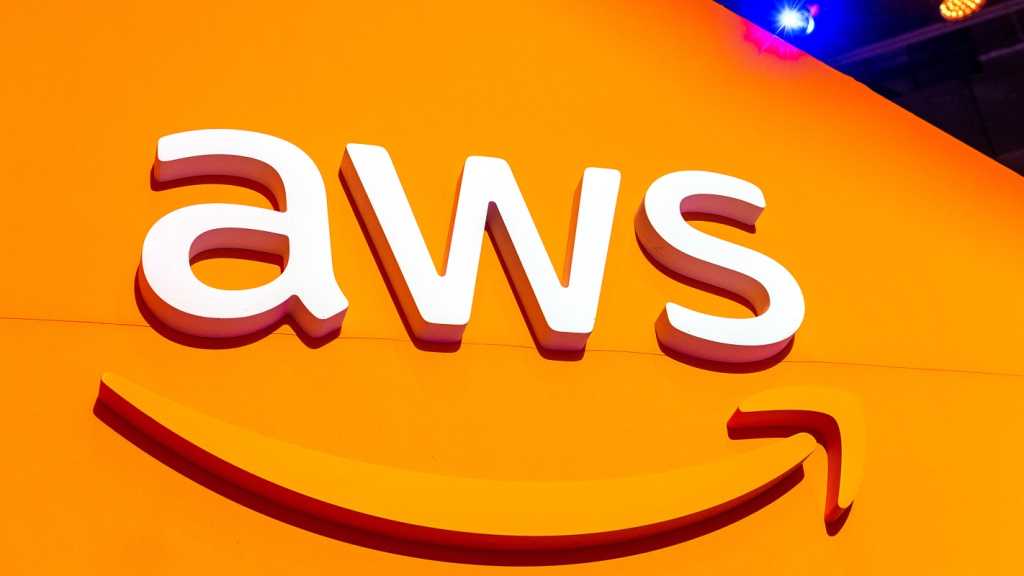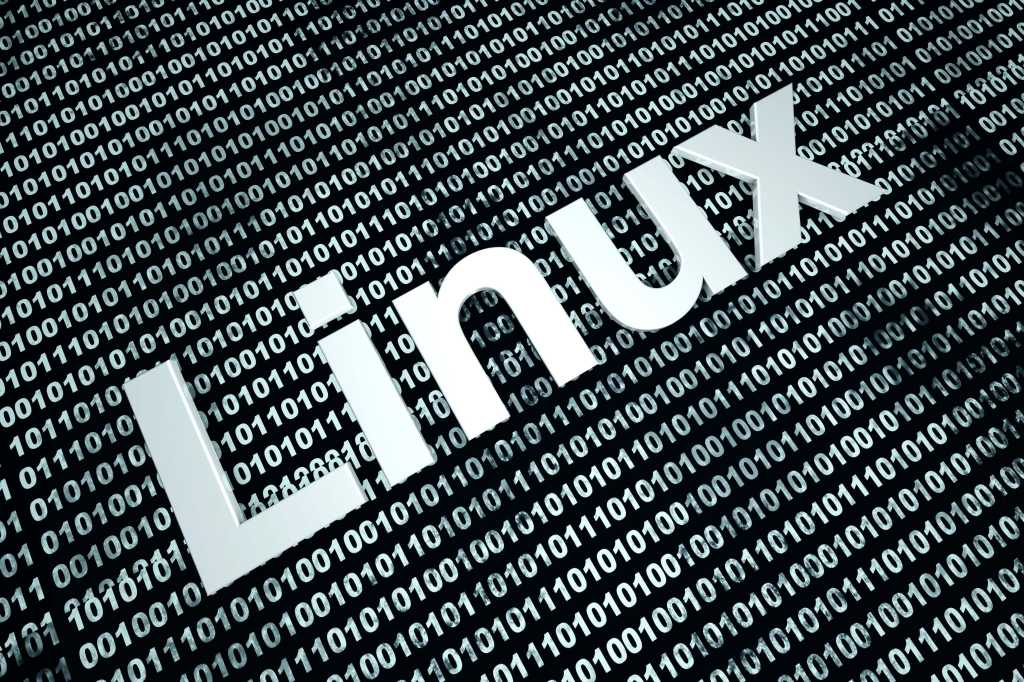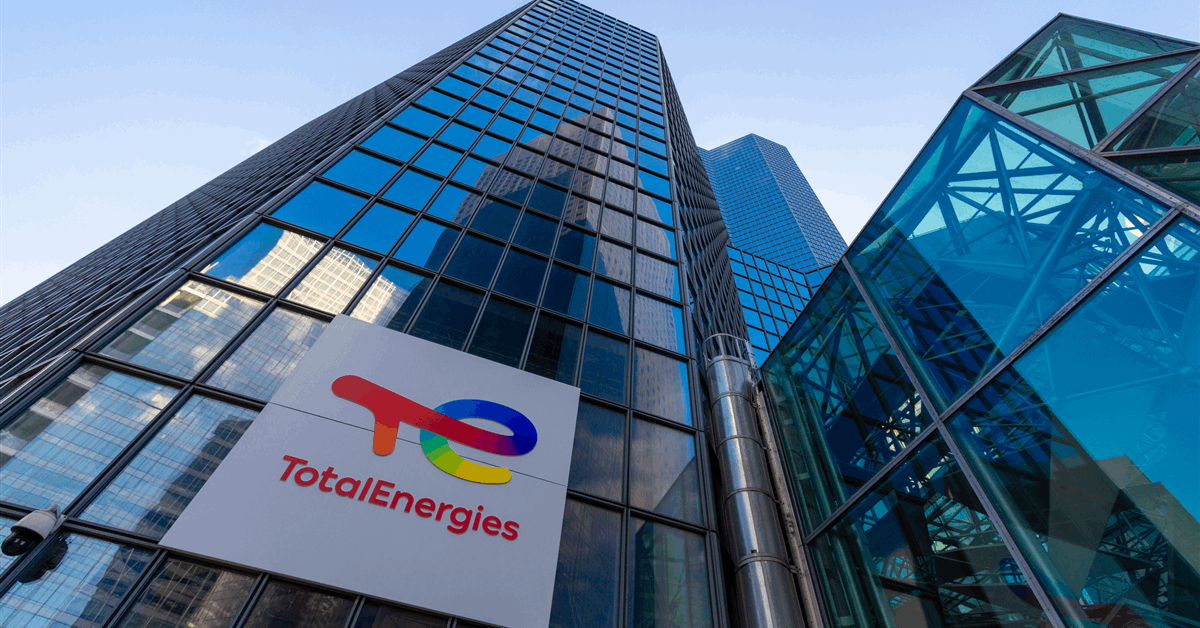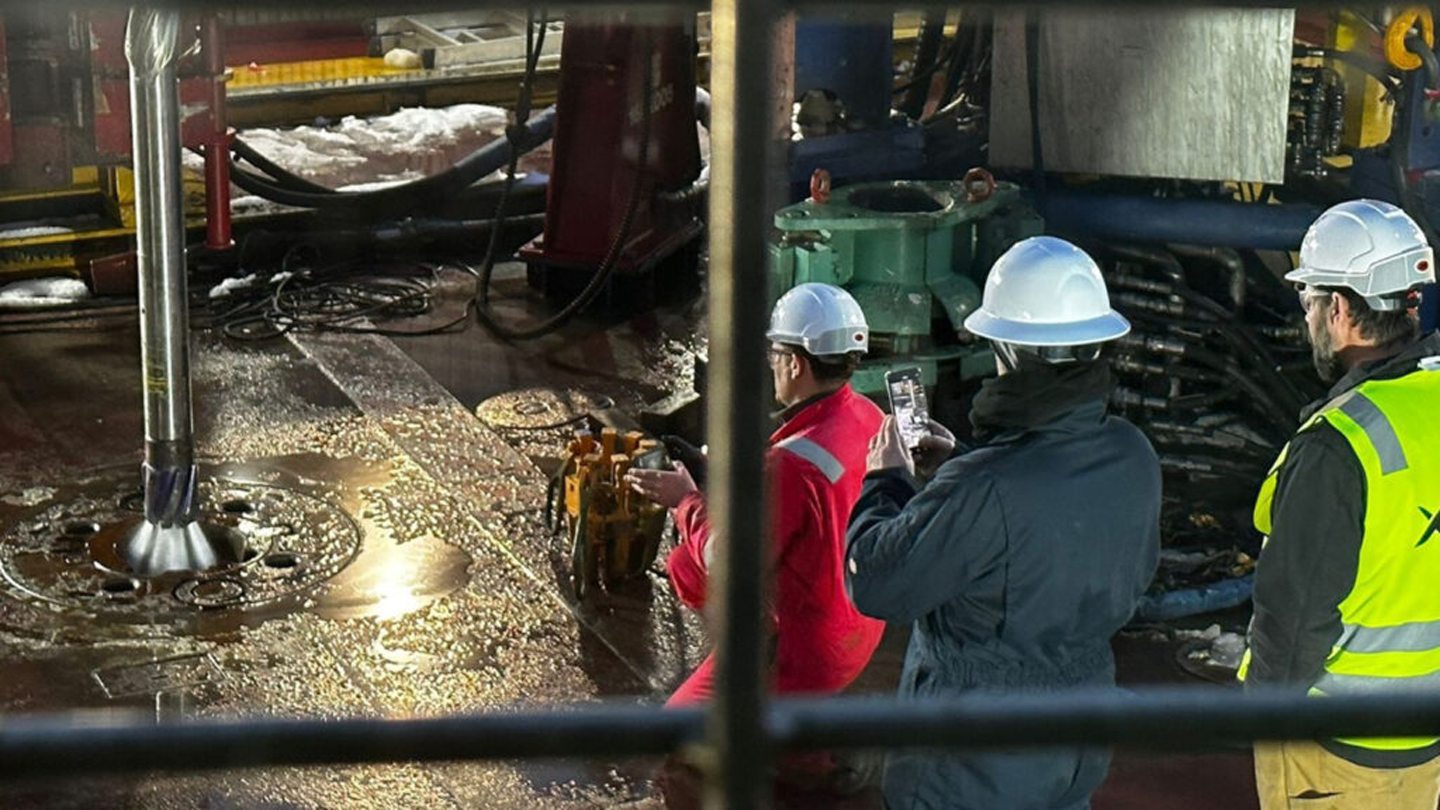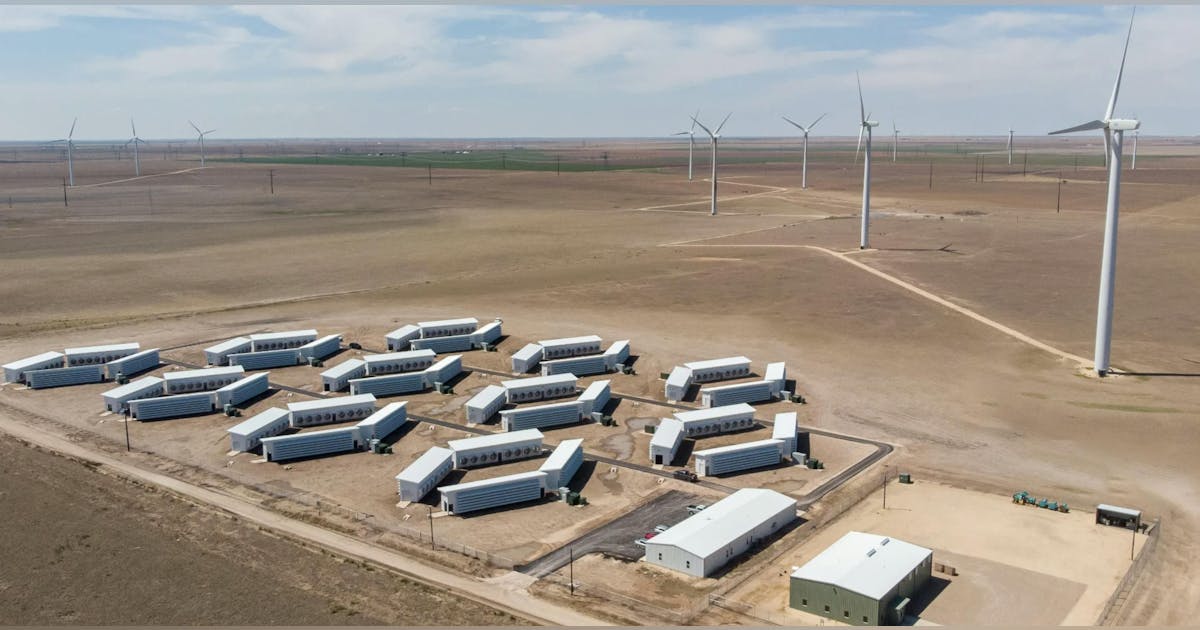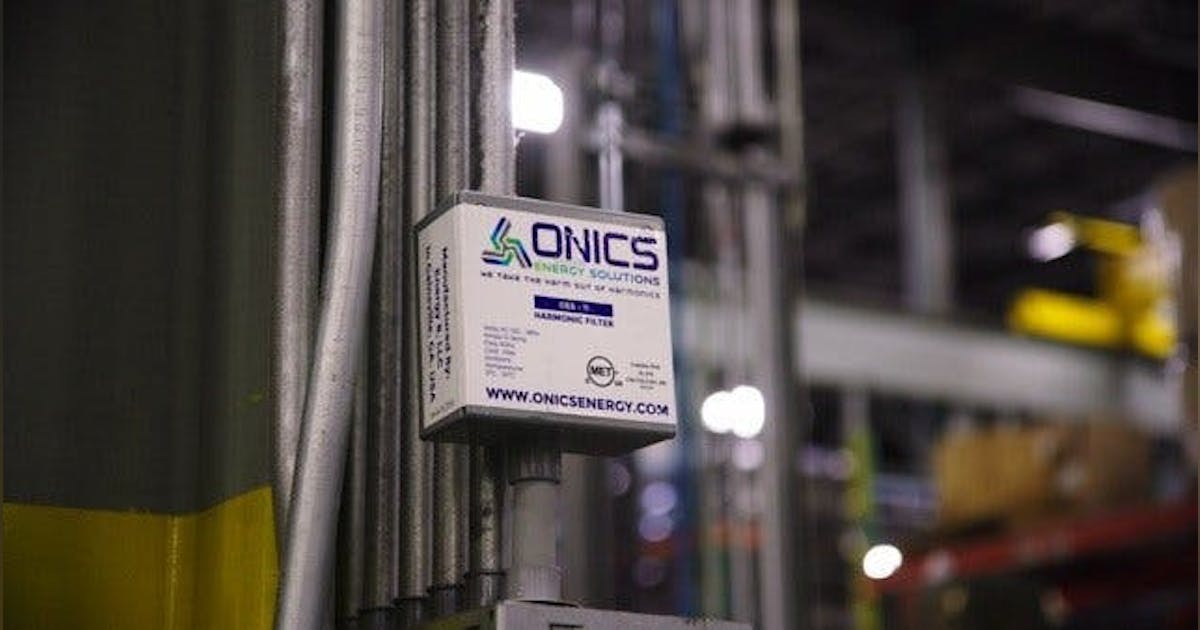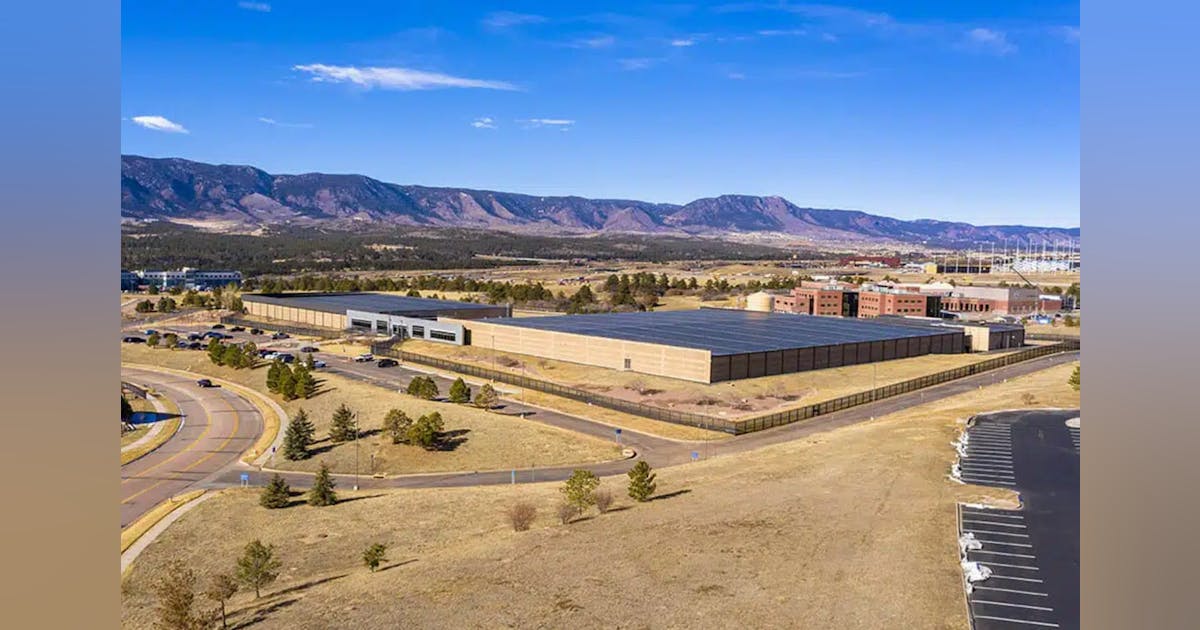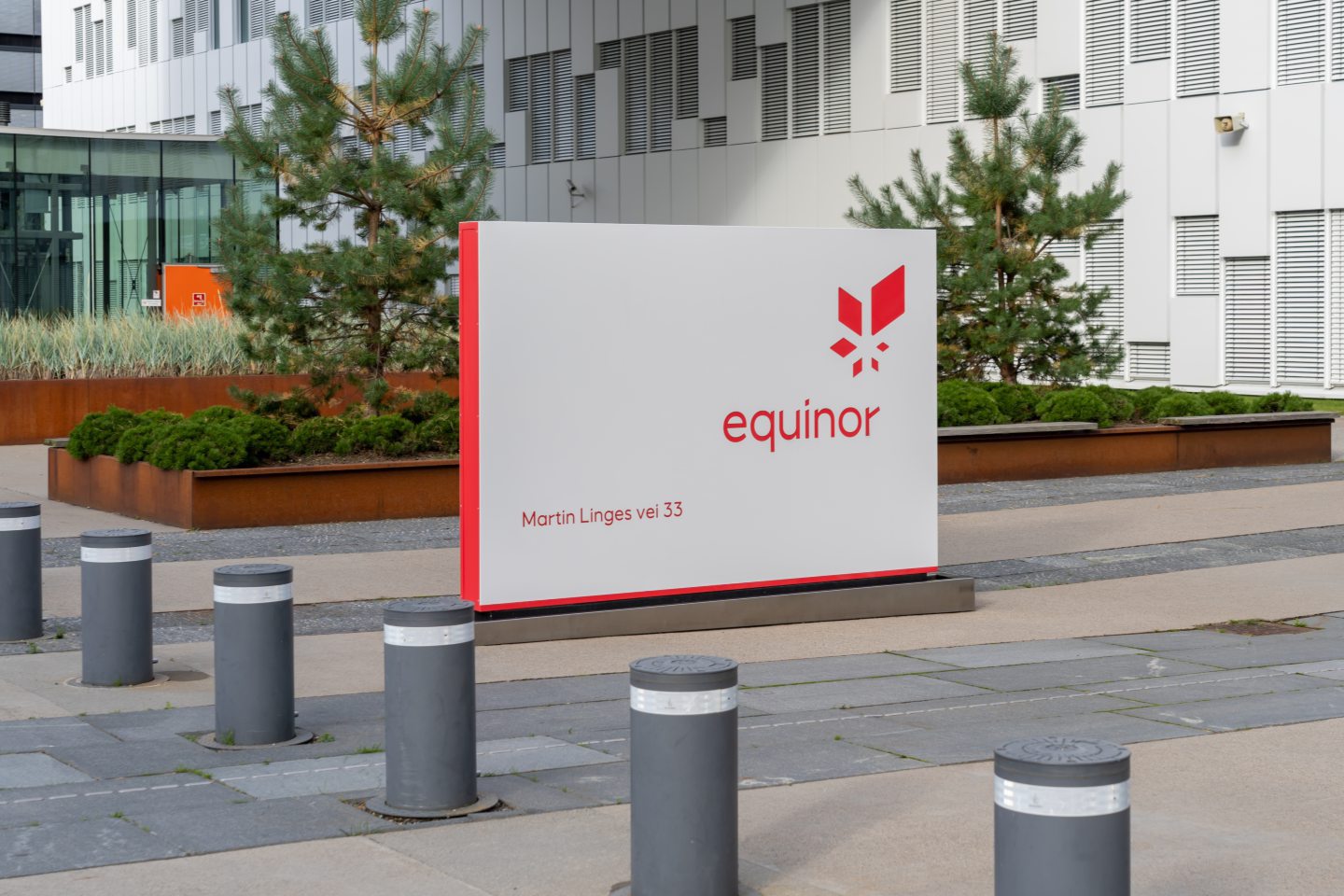
Equinor saw its first-quarter profit grow, making an adjusted operating income of $8.65bn compared to the $7.53bn seen in the first quarter of 2024.
According to its results, the Norwegian energy major also beat the $8.51bn previously predicted in a poll of 20 analysts Equinor compiled.
Equinor president and CEO Anders Opedal said: “Equinor delivers strong financial results in the first quarter. I am pleased to see the good operational performance and solid production capturing higher gas prices. With the current market uncertainties, Equinor’s core objective is safe, stable and cost efficient operations and resilience through a strong balance sheet.”
“We maintain a competitive capital distribution and expect to deliver a total of $9bn in 2025.”
However, Equinor’s total equity production was down, coming in at 2.123 million boe per day in the first quarter compared to 2.164 million boe in the same quarter of last year.
The company said that it experienced a strong operational performance for most of the fields on Norwegian continental shelf, with Johan Sverdrup and Troll fields helping offset the impact of the shut-in at Sleipner B after the fire in fourth quarter 2024 and planned and unplanned maintenance at Hammerfest LNG.
In addition, its total power generation from its renewable portfolio was 0.76 TWh, on par with the same period last year.
Opedal added: “The production start-up of the Johan Castberg field strengthens Norway’s role as a reliable energy exporter to Europe. The field opens a new region in the Barents Sea and is expected to contribute to energy supply, value creation and ripple effects for at least 30 years to come.”
However, he criticised the recent halt work order issued by the US government on the offshore construction of the company’s Empire Wind project.
Having obtained the lease in 2017, the project was fully permitted in 2024.
“We have invested in Empire Wind after obtaining all necessary approvals, and the order to halt work now is unprecedented and in our view unlawful,” Opedal said.
“This is a question of the rights and obligations granted under legally issued permits, and security of investments based on valid approvals. We seek to engage directly with the US Administration to clarify the matter and are considering our legal options.”
Equinor is complying with the order and is seeking dialogue with the proper authorities and assessing legal options.

